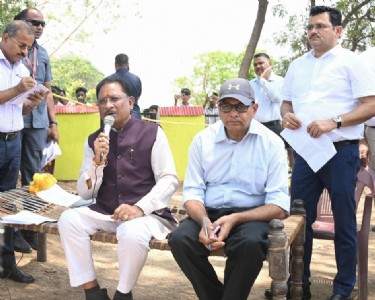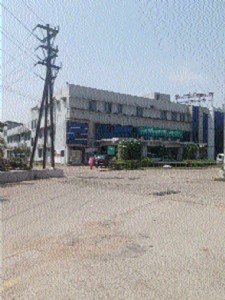IIT-Kharagpur team generates electric power from wet clothes
| Date :19-Sep-2019 |

KHARAGPUR/KOLKATA :
RESEARCHERS from IIT Kharagpur have developed a unique approach of generating electricity from clothes drying in natural ambience, which is otherwise a part and parcel of daily life, according to the premier institute. The researchers have utilised tiny channels, so-called nanochannels, in the cellulose-based fabric network traditionally woven, to generate electrical power through guided movement of saline water amidst continuous evaporation.
The process is very much analogous to water transport across the parts of a living plant. “The regular cellulose-based wearable textile, in this case, acts as a medium for the motion of salt ions through the interlace fibrous nano-scale network by capillary action, inducing an electric potential in the process”, explained Mechanical Engineering Department professor and the project’s lead researcher Suman Chakraborty. The researchers demonstrated up-scaling of the entire process by using a large number of (around 50 in number, with the surface area of 3,000 square meters) clothes being dried in tandem by washermen in a remote village.
The researchers were able to reliably charge up to around 10 Volt in almost 24 hours. This stored energy is enough to glow a white LED for more than 1 hour. The frugal innovation demonstrates that ordinary cellulose-based wet textile, commonly dried in natural atmosphere, might be capable enough to serve the underprivileged community at large in terms of addressing the essential power requirements in remote areas.







